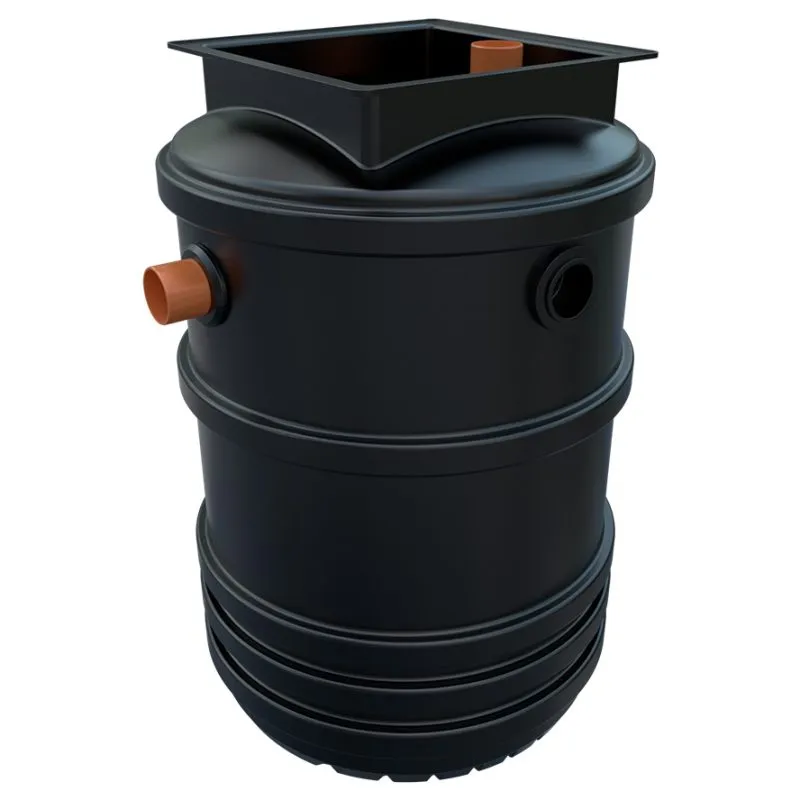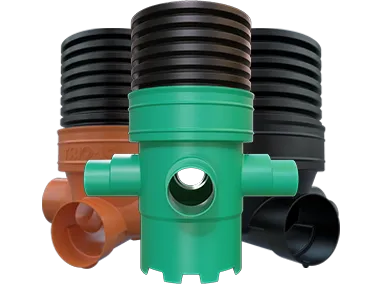 Newsletter Copywriting – Emails That Convert, Not Bore!
Newsletter Copywriting – Emails That Convert, Not Bore!
Flow Control Chamber: A Critical Component in Modern Water Management
Written by Funatkidsparty » Updated on: June 17th, 2025

For water management systems to be sustainable, avoid flooding, and maximise distribution, accuracy and control are crucial. Among the many components that play a significant function, flow control chambers stand out as integral parts in regulating water flow within drainage, sewage, and irrigation systems. These chambers allow operators to effectively control flow, reducing risks and enhancing system reliability whether handling rainwater, wastewater, or potable water. This blog will discuss the definition of a flow control chamber, as well as its uses, advantages, and design and installation issues.
What is a Flow Control Chamber?
In various kinds of water networks, a flow control chamber is a specially made structure used to manage, control, or limit the flow of water or effluent. Operators can maintain water at a desired flow rate by using mechanisms like orifice plates, valves, weirs, penstocks, or throttle pipes that are installed in these chambers. They are frequently included into irrigation, wastewater treatment, flood control, and stormwater drainage systems.
Depending on the requirements of the system, flow control chambers are usually located aboveground or underground. They are constructed from sturdy materials such stainless steel, reinforced plastic, or precast concrete to endure a range of water pressures and weather conditions.
Functions of a Flow Control Chamber
Controlling the volume and velocity of water flowing through the system is the main purpose of a flow control chamber. Some of the primary tasks they carry out are listed below:
Flow Limitation: By reducing water discharge rates, flow control chambers in stormwater drainage systems help shield downstream infrastructure from flooding.
Backflow Prevention: During times of high water volume, these chambers in sewer systems serve as barriers to stop wastewater from flowing backward into upstream areas.
Equalisation of Flow: By preventing significant variations in water volume that can interfere with operations, flow control chambers assist guarantee a steady flow to treatment plants or reservoirs.
Distribution Control: They aid in the uniform distribution of water among various zones or crops in irrigation systems, guaranteeing sufficient water delivery while preventing Uses for Flow Control Chambers
Many different sectors and public infrastructure projects make extensive use of flow control chambers. Here are a few important uses:
1. Management of Stormwater
Flooding can occur in metropolitan areas when rainfall runoff rapidly overwhelms drainage infrastructure. In order to prevent flash floods and guarantee that water is released at a regulated rate, flow control chambers manage the amount of stormwater released into drains or rivers.
2. Treatment Facilities for Wastewater
Stable water inflow is necessary for treatment plants to maintain process efficiency. Flow control chambers optimise filtration, sedimentation, and chemical treatments by ensuring wastewater enters treatment tanks at a regulated pace.
3. Watering Systems
Irrigation systems for landscapes and agriculture depend on accurate water distribution. Flow control chambers aid in directing water to various field segments at specified flow rates, ensuring water is used efficiently while preventing waste.
4. Systems for Flood Protection
By regulating the discharge from reservoirs, detention ponds, or retention basins, these chambers are essential in flood-prone locations. They lessen the chance of floods downstream by delaying the release of water into rivers or streams.
A Flow Control Chamber's Components
Although the components of flow control chambers might vary depending on the application, they usually consist of the following:
Attach the chamber to the water network using the inlet and outlet pipes.
Control Valves or Orifice Plates: Limit the opening that water can pass through to regulate flow.
Weirs and penstocks are movable obstacles that are used to stop or limit water flow as necessary.
Measure flow rates with flow meters and sensors to guarantee peak performance and identify possible problems.
Overflow pipes: In severe situations, let extra water securely leave the chamber.
Access Manholes: Give workers access so they can perform upkeep and inspection.
Flow Control Chamber Benefits
1. Better Handling of Water
Flow control chambers shield infrastructure from unexpected surges by controlling water flow. damage and overloading.
2. Reduction of Flood Risk
By regulating stormwater release and postponing discharge during periods of intense rainfall, they reduce the risk of floods.
3. The longevity of the system
The lifespan of the entire water system is increased by preventing overflows and surges, which lessens the strain on pumps, pipelines, and other equipment.
4. Preservation of the Environment
Chambers in combined sewer systems aid in wastewater management and keep raw sewage out of rivers during storms.
5. Efficiency in Operations
Stable inflow rates help treatment facilities maintain constant and effective operations.
Considerations for Design and Installation
The installation and design of a flow control chamber must be in line with the particular requirements of the system in order to achieve optimal performance. Here are some important things to think about:
Required Flow Rate:damage and overloading.
2. Reduction of Flood Risk
By regulating stormwater release and postponing discharge during periods of intense rainfall, they reduce the risk of floods.
3. The longevity of the system
The lifespan of the entire water system is increased by preventing overflows and surges, which lessens the strain on pumps, pipelines, and other equipment.
4. Preservation of the Environment
Chambers in combined sewer systems aid in wastewater management and keep raw sewage out of rivers during storms.
5. Efficiency in Operations
Stable inflow rates help treatment facilities maintain constant and effective operations.
Considerations for Design and Installation
The installation and design of a flow control chamber must be in line with the particular requirements of the system in order to achieve optimal performance. Here are some important things to think about:
Required Flow Rate: Determining the size and kind of control device, such as valves or orifice plates, is made easier by knowing the necessary flow rates.
Material Selection: Environmental considerations including water pressure, chemical exposure, and corrosion resistance should be taken into account while selecting the chamber's material.
Maintenance Accessibility: A well-designed system should make it simple for maintenance workers to examine, clean, or swap out parts.
Hydraulic Analysis: For efficient flow control, hydraulic modelling guarantees that the chamber is the right size and location within the water network.
Regulation Compliance: There are rules and specifications for wastewater systems and stormwater management in many nations and localities. To guarantee compliance, flow control chambers need to fulfil certain specifications.
Site Conditions: The topography, soil composition, and possible loads from machinery or traffic at the installation site to be assessed to ensure the chamber’s stability and durability.
In conclusion
In contemporary water management systems, flow control chambers are essential for preserving efficient operations, safeguarding infrastructure, and reducing environmental hazards. These chambers improve efficiency and safety in a variety of applications, from controlling stormwater in cities to guaranteeing steady flow in wastewater treatment facilities.
Investing in well-designed flow control chambers is crucial for sustainable water infrastructure, especially in light of the growing problems brought on by urbanisation, climate change, and rising water demand. These chambers will continue to function at their best and assist communities in efficiently managing water for many years to come if design, material, and installation procedures are carefully considered.
Flow control chambers can be used into irrigation, drainage, and sewer systems to build robust infrastructure that can endure environmental and modern-day stresses uncertainties.
Note: IndiBlogHub features both user-submitted and editorial content. We do not verify third-party contributions. Read our Disclaimer and Privacy Policyfor details.
Men's Journal is a rugged and refined lifestyle adventure travel, food and drink Get in touch [email protected] to find out how we can help you reach everyday, affluent, and adventure seeking consumers on Men's Journal
Copyright © 2019-2025 IndiBlogHub.com. All rights reserved. Hosted on DigitalOcean for fast, reliable performance.












